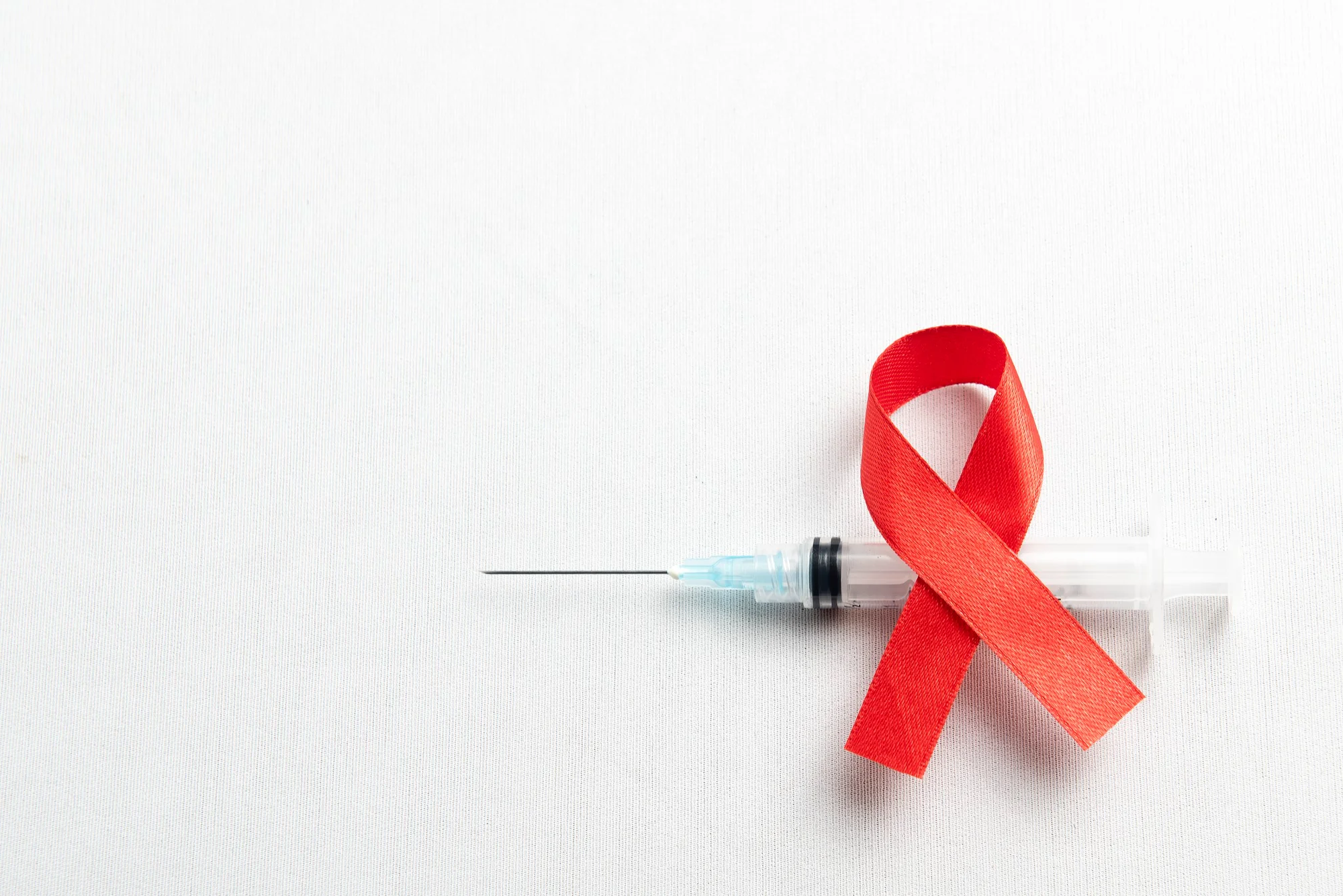In the continuous battle against Human Immunodeficiency Virus (HIV), medical advancements in the form of antiretroviral therapy (ART) have made it possible for individuals living with HIV to manage their condition better. However, the long-term use of antiretroviral drugs can bring associated metabolic complications such as dyslipidemia and hyperglycemia. A new comparative cross-sectional study, conducted in Ethiopia, published in the “Annals of Medicine,” casts light on the effects of dolutegravir-based treatment versus efavirenz-based therapy on blood glucose levels and serum lipid profiles. This article elaborates on the research, its outcomes, and the significant implications for patient care.
Understanding the Complications of Dolutegravir and Efavirenz
Dolutegravir (DTG) and efavirenz (EFV) are critical components of combination antiretroviral therapy (cART) regimens considered standard care for HIV infection. Yet, there’s limited data on how these drugs impact metabolic parameters among the HIV-infected population, especially in resource-limited countries like Ethiopia. Given the growing burden of non-communicable diseases, the research spearheaded by Jemal Mohammed and colleagues is timely and relevant.
The study took place from June to August 2021 and involved 128 participants split evenly between those administered DTG-based and EFV-based cART. Results indicated the prevalence of hyperglycemia and dyslipidemia were 17.2% and 79.7% in the DTG group, and 9.4% and 75% in the EFV group, accordingly. Notably, the EFV group had significantly higher mean values of total cholesterol and high-density lipoprotein (HDL) compared to the DTG group. These findings are pivotal in considering the management of lipids among people living with HIV.
The Socio-Medical Significance
The study published under DOI: 10.1080/07853890.2023.2295435 possibly paves the way for targeted lipid management for patients on cART. While integrase inhibitors like dolutegravir have been lauded for their robustness and better tolerance, they are not exempt from causing metabolic derangements. The research implies a need for regular monitoring of lipid profiles for patients on efavirenz-based therapy and a focus on HDL levels for those receiving dolutegravir.
Implications for Clinical Practice
The study’s authors, including Tewodros T Shibabaw, G Medhin Tiruneh, E Chekol Abebe, and T Asmamaw Dejenie argue for an integrated approach in managing the health of individuals on ART. This would involve periodically assessing blood glucose and serum lipid profiles and incorporating lifestyle interventions if metabolic irregularities are detected. The study highlights the necessity for vigilant health care practices in regions where the burden of metabolic complications among the HIV population isn’t well elucidated.
Recommendations for Healthcare Providers
Screening and Monitoring: Regularly check fasting lipid profiles and blood glucose levels, especially for patients on efavirenz-based regimens.
Diet and Exercise: Encourage patients to adopt heart-healthy diets and regular physical activity to manage dyslipidemia and hyperglycemia.
Medication Adjustments: Consider potential changes in ART if metabolic complications become unmanageable.
Patient Education: Guide patients on the importance of managing metabolic complications and adherence to ART.
Research: Further research should be encouraged, especially in locations similar to Ethiopia, to continue refining ART regimens for optimal outcomes.
Research Context and Global Impact
Previous studies, such as Tesfaye et al. (2014) and Altizani et al. (2016), have underscored the burdensome link between ART and metabolic abnormalities. The WHO’s consolidated guidelines have informed the therapeutic landscape, but as the study by Mohammed et al. suggests, there’s a continual need for updated approaches considering emerging data.
Keywords
For effective Search Engine Optimization (SEO), the following keywords should be incorporated for wider dissemination of the study’s findings:
1. Dolutegravir Side Effects
2. Efavirenz Metabolic Impact
3. HIV Therapy Lipid Profiles
4. Blood Glucose Levels in HIV
5. Antiretroviral Therapy Metabolic Complications
References
1. Tesfaye DY, Kinde S, Medhin G, et al. Burden of metabolic syndrome among HIV-infected patients in Southern Ethiopia. Diabetes Metab Syndr. 2014;8(2):1–11. [DOI: 10.1016/j.dsx.2014.04.008](https://doi.org/10.1016/j.dsx.2014.04.008)
2. Altizani G, de Oliveira L, Dos Santos Tortajada J, et al. Management of cardiovascular and metabolic alterations in HIV positive patients. Int J AIDS Res. 2016;3(7):105–113.
3. Shah BM, Schafer JJ, Desimone JA. Dolutegravir: a new integrase strand transfer inhibitor for the treatment of HIV. Pharmacotherapy. 2014;34(5):506–520. [DOI: 10.1002/phar.1386](https://doi.org/10.1002/phar.1386)
4. World Health Organization. Consolidated guidelines on the use of antiretroviral drugs for treating and preventing HIV infection: recommendations for a public health approach. World Health Organization; 2016.
5. Taramasso L, Tatarelli P, Ricci E, et al. Improvement of lipid profile after switching from efavirenz or ritonavir-boosted protease inhibitors to rilpivirine or once-daily integrase inhibitors: results from a large observational cohort study (SCOLTA). BMC Infect Dis. 2018;18(1):357. [DOI: 10.1186/s12879-018-3268-5](https://doi.org/10.1186/s12879-018-3268-5)
In conclusion, as the HIV epidemic evolves, so too must the medical community’s approach to managing its complications. Studies such as the one conducted by Mohammed et al. provide critical insights into how different ART regimens impact metabolic parameters and help shape a more nuanced application of HIV treatment protocols. This work is integral to enhancing the quality of life for those living with HIV while mitigating the risks of associated metabolic disorders.
